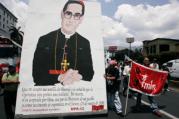Click here if you don’t see subscription options
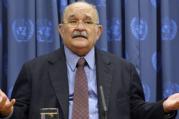
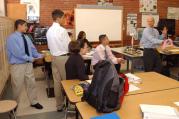
Myths. "Jesuit education" is a familiar couplet like "Roman Empire" or "Viennese waltz." Most people associate Jesuits with education, although not all they have heard about this association is so. From time to time, for instance, a journalist or a student writing a term paper will call the switchboard of a Jesuit school to ask what Jesuit source contains the remark that goes something like this: "Let us have the education of children until they are seven, and you may have them thereafter."
No reference can be given, however, because that legendary saying is not just spurious but is the exact opposite of what actually was said in the first draft of the famous Jesuit plan for schools, the Ratio Studiorum. The six veteran teachers who in 1586 wrote the Latin essays making up that draft recommended that no boy be admitted to a Jesuit school before he is seven. Children less than that age, it explained, are troublesome and need nannies, not schoolmasters: "Molestissimi et nutricibus potius indigent quam ludimagistris."
The second draft of the Ratio in 1591 was equally cool toward the kindergarten bunch. Beginning students, it said, must not be so young that they fuss about trifles (nor so old that they upset class discipline), and they must have learned to read and write correctly. Otherwise, the sight of their compositions will turn their teacher's stomach. Nevertheless, besides the myths, there is also a reality.
Origins. The third and final draft of the Ratio Studiorum was promulgated in 1599 by Claudio Acquaviva, who in 1581 had been elected the fifth General of the Society of Jesus, an office he held until his death 34 years later.


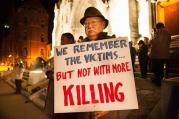
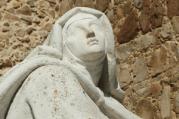
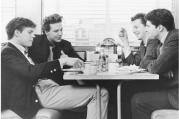

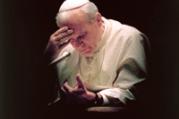
The most typical symbol of Christmas is a light shining in the darkness. The shepherds in the fields and the wise men in the east suddenly see the night made bright. It is a season for candles and stars, and its theological sense is caught in one of the readings from the liturgy for Christmas night: "The grace of God has appeared, offering salvation to all men" (Titus, 2:11).
